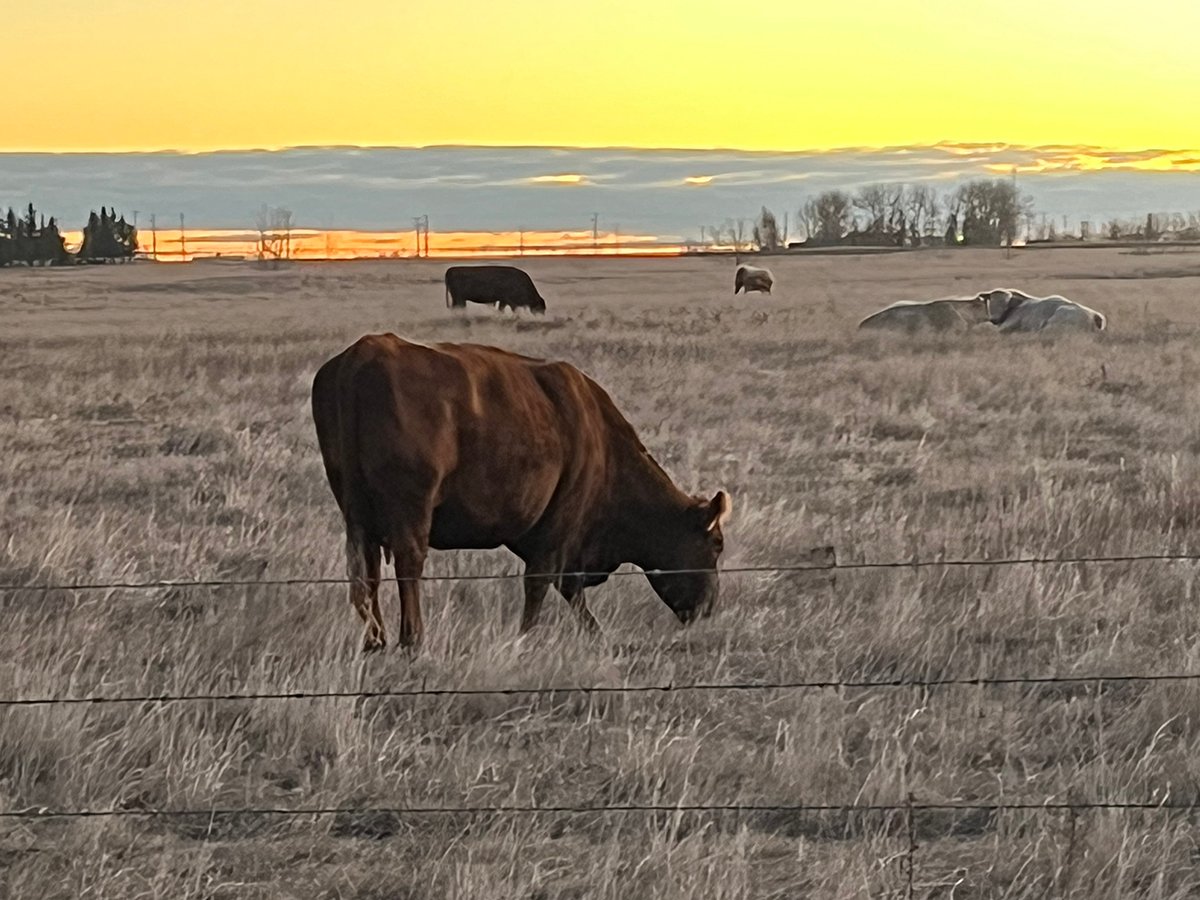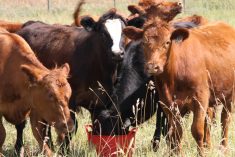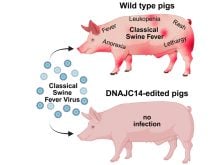Canada’s species-at-risk act is disappointing because it does not protect wildlife habitats enough, says the executive director of the Alberta Wilderness Association.
And Alberta needs stronger land management policies formalized through legislation rather than handled through ministerial discretion, said Christyanne Olson.
“We want to know when an area is protected it is not going to be violated,” she told the Alberta Conservation Association annual meeting in Calgary Jan. 27.
Her organization does not favour oil and gas exploration or the use of motorized recreation in parks because these tear up the land, damage water quality and hurt fish habitat.
Read Also

Animal protection delivery to change in Saskatchewan
The Saskatchewan government is looking for a new agency to handle animal welfare after Animal Protection Services of Saskatchewan decided not to renew its contract next year.
For example, she said the Ghost Lake-Waiparous area northwest of Calgary is a favourite camping area that is being ripped apart by all-terrain vehicles and industrial activity. The creeks and nearby land are being ruined and with no budget for enforcement officers, the destruction continues, she added.
The 40-year-old organization has fought for the principles of preserving ecological integrity through strong legislation with meaningful enforcement. Olson said the quality of human life and health depends on natural diversity so spaces must be set aside to protect biological diversity. Her organization wants large, buffered areas to provide space for breeding, nesting, protecting young and feeding.
The ideal size for a wild area is 10 sq. kilometres, Olson said, but in Alberta, the average is less than two sq. km.
Since wildlife does not recognize borders, these areas need to be connected so species can migrate and mingle. These movement corridors are often along watercourses.
“We do not have enough riparian habitat,” she said.
Highway 1, which runs east and west through Calgary, and Highway 2, linking Calgary and Edmonton, are also major barriers to animal movement and wildlife becomes isolated.
Highways are also hazardous to wildlife, especially large mammals. For example, grizzly bear deaths in the eastern slopes of the Rocky Mountains are often related to human activity and 90 percent of the deaths are near roads.
The best habitats for bears are often the most dangerous, said Mark Boyd of the University of Alberta and chair of the fisheries and wildlife committee of the Alberta Conservation Association.
“Lake Louise and Banff National Park are the most lethal places for grizzly bears in Alberta,” he said.
These animals need blocks of space so they can move in a secure, long-term environment.
Scientists including Boyd are well aware of these problems but there is a poor link between them and land managers.
Using computer models and research, science could help identify and select habitat as well as predict the consequences of proposed management ideas.















